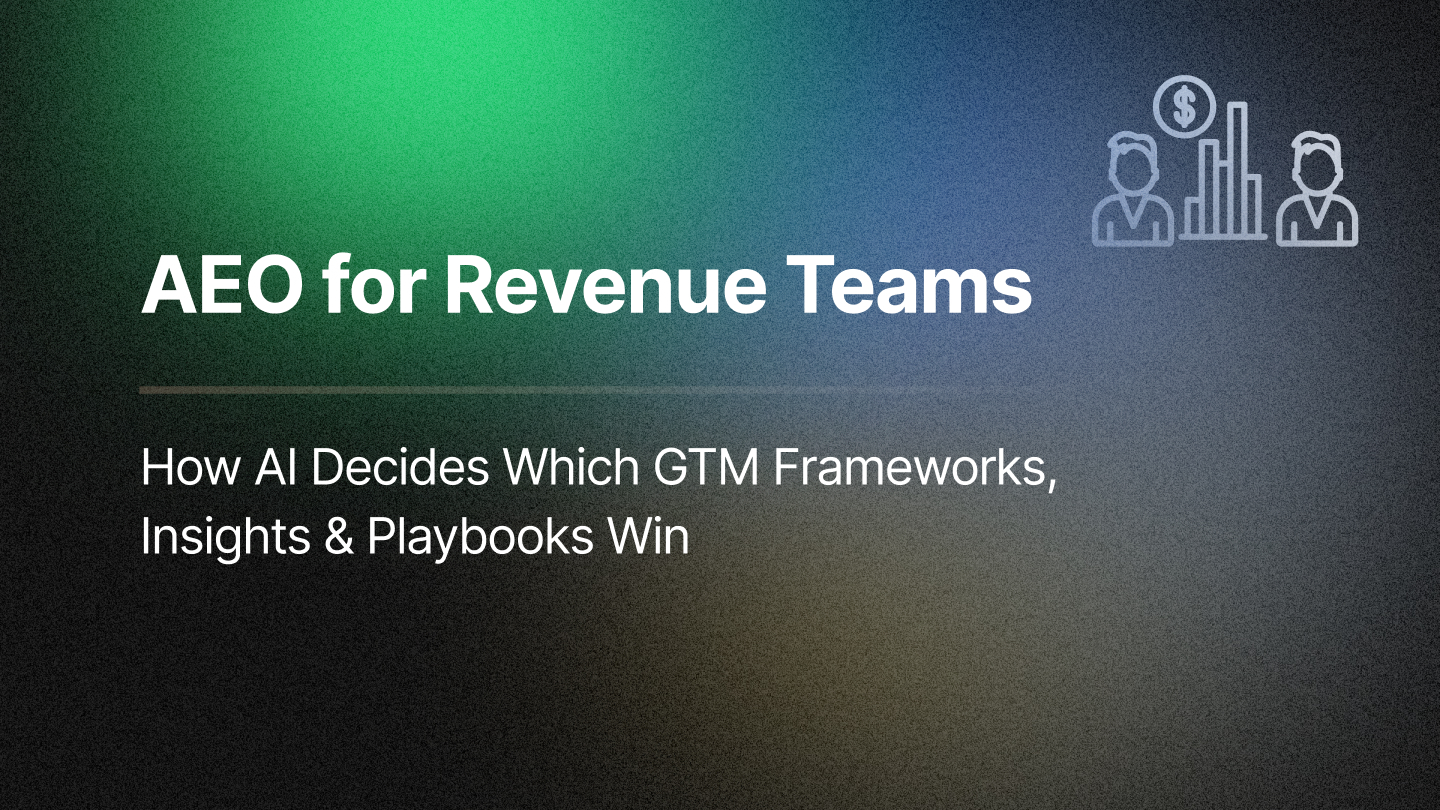In the world of sales and marketing, there’s one metric that matters more than almost any other: the health of your pipeline. A well-maintained pipeline is the lifeblood of your revenue operations, and knowing how to generate and manage a high-quality pipeline can mean the difference between surviving and thriving. However, pipeline health isn’t just about quantity; it’s about understanding the quality of leads, predicting win rates, and knowing how prospects move through each stage of the funnel.
Let’s dive into what makes a pipeline healthy, how you can assess its potential for success, and why understanding every aspect of your pipeline is critical for ensuring sustainable growth.
The Need for Generating a High-Quality Pipeline
It's easy to think that the goal of marketing and sales is simply to fill the pipeline with as many leads as possible, but a pipeline full of unqualified or low-quality leads can be more of a burden than a benefit. A high-quality pipeline is the foundation of your revenue growth, and focusing on quality over quantity is key to creating sustainable success.
A high-quality pipeline means that the leads in each stage of your funnel are genuinely interested in your product or service, fit your ideal customer profile (ICP), and have a reasonable chance of converting. A healthy pipeline is one where every opportunity represents a real shot at generating revenue. When you focus on quality:
- Improved Conversion Rates: The chances of closing deals improve because each lead is well-qualified, leading to higher conversion rates and better use of sales resources.
- Efficient Use of Resources: Sales teams can concentrate on nurturing relationships with prospects that matter, instead of wasting time on leads that are unlikely to convert.
- Shorter Sales Cycles: Quality leads are more likely to move quickly through the pipeline since they align well with your value proposition and are actively looking for solutions.
To generate a high-quality pipeline, focus your marketing efforts on targeting the right audience, qualifying leads early, and continually assessing and filtering out leads that don’t fit your ICP. Remember, it’s better to have fewer high-quality opportunities than a bloated pipeline filled with uninterested prospects.
Predicting the Win Rate of Your Pipeline
Once you have a high-quality pipeline, the next step is to assess its health by predicting the likelihood of converting those leads into closed deals—also known as your win rate. Predicting the win rate helps you determine whether your pipeline can realistically support your revenue goals for the upcoming quarter or year.
Several factors can help you predict the win rate of your pipeline:
- Historical Data: By analyzing historical performance, you can identify trends in how leads move through the funnel and determine typical win rates for similar opportunities. If your historical win rate for qualified leads is 20%, then you need to ensure your pipeline is five times larger than your target revenue.
- Lead Scoring and Engagement: Understanding which leads are engaged, how frequently they interact with your brand, and what content they consume can help you assess their likelihood of conversion. A high lead score, based on frequent engagement and relevant actions, is often a good predictor of a successful outcome.
- Deal Characteristics: Factors such as deal size, decision-makers involved, and sales cycle length can all impact your win rate. Smaller deals may close more quickly with higher win rates, while larger, complex deals may require a longer nurturing process.
With tools like RevSure, you can leverage AI to predict the win rate of your pipeline in real-time, giving you a clear understanding of how close you are to reach your targets and where adjustments need to be made.
Understanding the Factors Contributing to Wins
To maintain a healthy pipeline, it’s crucial to understand what factors contribute to winning deals. Not every lead will convert, and knowing why some deals succeed while others fail can help you refine your approach and improve your pipeline health.
Here are some key factors that contribute to winning deals:
- Engagement Level: Leads that are actively engaging with your brand—visiting your website, attending webinars, or responding to emails—are more likely to convert. High engagement levels are a strong indicator of buying intent.
- Alignment with ICP: The closer a lead aligns with your ideal customer profile, the higher the likelihood of closing the deal. Evaluate whether the lead's industry, company size, pain points, and goals match what your product or service offers.
- Sales Interactions: The quality and frequency of interactions between your sales team and prospects are critical. Regular touchpoints, personalized follow-ups, and responsiveness to prospect queries are key elements of successful deals.
- Deal Timing: Understanding where prospects are in their buying journey can help you predict whether they’re ready to close. Early-stage leads may require nurturing, while those nearing a decision are more likely to convert with the right push.
RevSure’s AI-powered prioritization can help marketers and sales teams analyze these factors in real-time, providing insights into what’s driving conversions and where improvements are needed.
Monitoring Pipeline Movement
Pipeline health isn’t static—it’s constantly changing. Understanding how opportunities move through the funnel is crucial for keeping your pipeline healthy. Monitoring pipeline movement helps you identify patterns, spot stalled opportunities, and ensure a steady flow of deals.
Key aspects of pipeline movement to monitor include:
- Stage Transitions: Track how long leads spend in each stage and whether they’re moving forward as expected. Stalled opportunities may require additional nurturing or sales engagement to re-ignite interest.
- Velocity: The speed at which leads move through the pipeline is a good indicator of their level of interest. A healthy pipeline has leads moving at a consistent pace without prolonged delays.
- Drop-Off Points: Identify where leads drop out of the funnel. If you notice a high drop-off rate after the proposal stage, it may indicate an issue with pricing, value communication, or competitor comparisons.
RevSure’s analytics provide real-time visibility into pipeline movement, offering actionable insights that help you identify and address issues before they impact your revenue goals.
RevSure: Empowering Pipeline Health Management
Maintaining a healthy pipeline requires a combination of high-quality lead generation, real-time insights, and a clear understanding of what drives conversions. RevSure’s platform is designed to help marketing and sales teams do just that.
- No-Code Customizable Dashboards: Track the health of your pipeline without relying on technical expertise. RevSure’s dashboards allow you to monitor pipeline movement, quality, and win rates at a glance.
- Deep Funnel Visibility: Understand every aspect of your pipeline by tracking leads across different stages, identifying bottlenecks, and analyzing factors contributing to wins.
- AI-Driven Predictions: Use predictive analytics to assess the likelihood of closing deals and ensure your pipeline is set up to meet future revenue goals.
RevSure empowers teams to take control of their pipeline health, moving from reactive to proactive management and ensuring every opportunity is maximized for growth.
Ready to turn your pipeline from survival mode to thriving success? Book a demo with RevSure today and discover how our tools can help you optimize pipeline health and drive sustainable revenue growth.
Related Blogs








